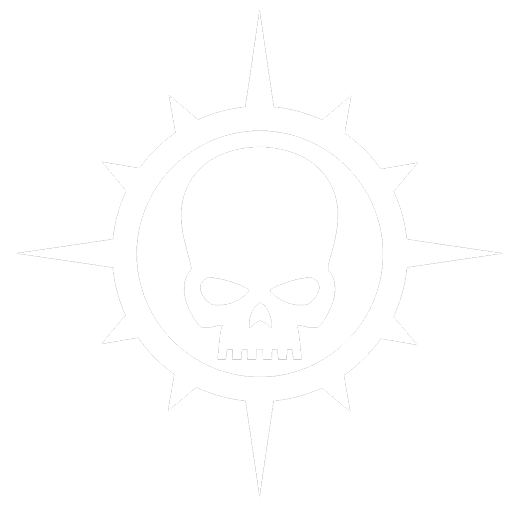We flagged it back in April. We published a piece about one background image on LinkedIn that hinted something was moving inside Relic’s archives. Emona Capital’s representative stood in front of Warhammer World in Nottingham. Some called it noise. We didn’t. We said something was coming.
Now it’s confirmed. Dawn of War: Definitive Edition is real. This is the 2004 classic, polished and repackaged. No gimmicks. No wild reinvention. It’s a serious rerelease of one of the most important real-time strategy games ever made. And for anyone who remembers what this series meant, it feels long overdue.
The original Dawn of War set the benchmark for what a 40K game could look like outside of turn-based mechanics and dice systems. Relic gave players aggressive, territory-based control with squads that fought dirty, bled realistically, and sounded like they came straight off a Black Library audiobook. Each faction behaved differently. Orks were unpredictable. Chaos leaned into corruption and terror. The Eldar were fast and frustrating. The Space Marines played like unshakeable tanks with discipline. The rhythm of battle had presence. There was no waiting behind sandbags. You pushed forward, claimed ground, and turned the tide with force of will.
It wasn’t just the gameplay. It was the world-building. Unit barks, atmospheric music, and the little details gave each battle weight. Voice lines became embedded in fan memory for a reason. Players remember the Assault Marines shouting, “Fear denies faith,” or the Chaos Lord promising carnage. The game gave Warhammer 40K an RTS structure that didn’t feel like a compromise. It was bold. It worked.

Expansions came quickly. Winter Assault introduced the Imperial Guard with its relentless artillery and stubborn defences. Dark Crusade opened up the campaign map and brought in the Tau and Necrons, with territory control and base-conquering persistence. Soulstorm pushed it further with aerial units and Sisters of Battle, though quality slipped and the seams started to show.
When Dawn of War II arrived, the DNA shifted. The campaign focused on fewer units, tighter control, RPG mechanics, and co-op progression. For some, this was an evolution. For others, it was a step sideways. The mechanics were solid, but it wasn’t the same beast. Chaos Rising and Retribution added content and tried to stabilise the design direction, but the franchise had already split its audience.
Dawn of War III was supposed to bring everything together. Instead, it confused its identity. Traditional RTS players found the new systems half-formed. The push towards MOBA-style objectives and hero units alienated those who just wanted large-scale war. Multiplayer never built momentum. Reviews wobbled. Support stopped. The studio moved on.
Now, with the Definitive Edition, Relic has chosen to return to where the franchise still holds weight in the community. The original game hasn’t just aged well, it remains playable, moddable, and discussed regularly in forums. This new release addresses what fans have been asking for. Updated visuals, improved audio balance, full widescreen support, better UI scaling, and integration of all expansions into a single interface. The campaign content is unified. The multiplayer backend has been rebuilt. Mods can now be loaded directly through the main launcher.

Matchmaking works again. Cross-platform support has been added. Factions are tracked, challenges are available, and there’s been a clean-up of bugs and leftover technical debris from the older releases. It’s a technical update, not a mechanical rework. The original systems stay intact.
The decision to revisit this specific title, rather than start again, shows a shift in tone from the studio. There’s recognition here. Relic isn’t experimenting or drifting from its strengths. The Definitive Edition is a statement that the company remembers what built its audience in the first place.
There’s speculation that this is groundwork for something larger. No sequel has been announced, and no remake is in development as far as public info goes. But this version sets a clear marker. The studio isn’t ignoring its most successful RTS. It’s stabilising it, making it accessible again, and letting a new generation engage with it without the friction of outdated systems.
We saw it coming because the signs were clear. The franchise never really died, it just lost direction. Dawn of War: Definitive Edition is a step back onto solid ground. What happens next depends on how long they’re willing to stay there, and whether players return to the battlefield in numbers.




